Eight Must-Visit Tourist Attractions in Kargil District
If you’re ready for some adventurous road trips, the Kargil district in Ladakh offers a rich multi-faith history, breathtaking scenery, border views, and heritage sites. Situated equidistantly at 200 km from Leh, the Kashmir valley, and Gilgit-Baltistan, Kargil is the second district of the Union Territory of Ladakh. Its geographical proximity to the Kashmir valley provides a unique blend of lush green fields and snow-capped high mountains. If you’re looking to explore off-the-beaten-path destinations and untouched areas, Kargil should be on your travel list. Here are eight key locations that you must include in your Kargil tour itinerary:
1. Kargil War Memorial:
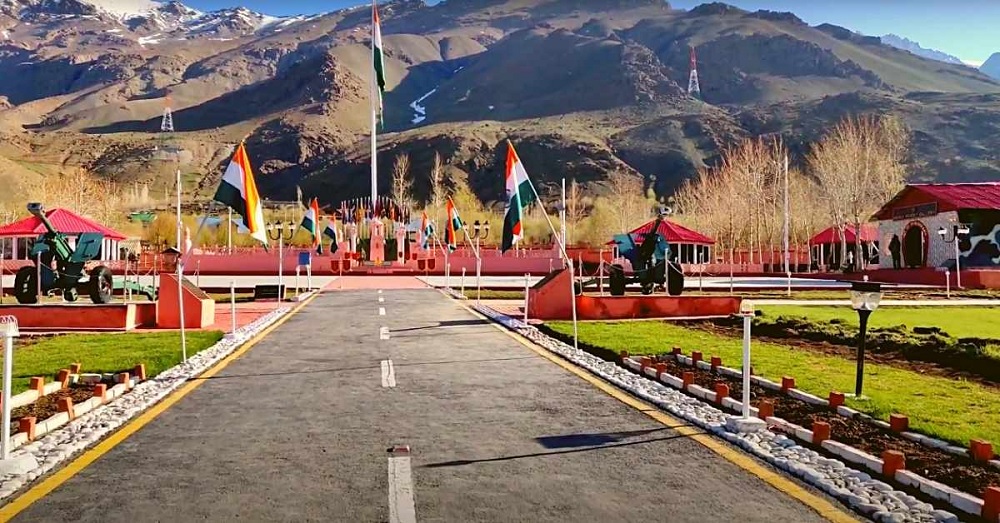
The Kargil War Memorial, also known as Drass War Memorial, is a significant tourist attraction built by the Indian Army in the town of Drass. It commemorates the 1999 Kargil War between India and Pakistan. Located on the Srinagar-Leh National Highway 1D, approximately 5 km from the city center across Tiger Hill, the memorial features a pink sandstone wall with a brass plate engraved with the names of soldiers who lost their lives during Operation Vijay. From the site, you can see Tololing Heights, Tiger Hill, and Point 4875 (Batra Top), which were key battlegrounds during the conflict. The memorial also houses the Captain Manoj Pandey gallery, dedicated to a brave officer who posthumously received India’s highest military award, the Param Vir Chakra, for his leadership during the war.
2. Mushko Valley:
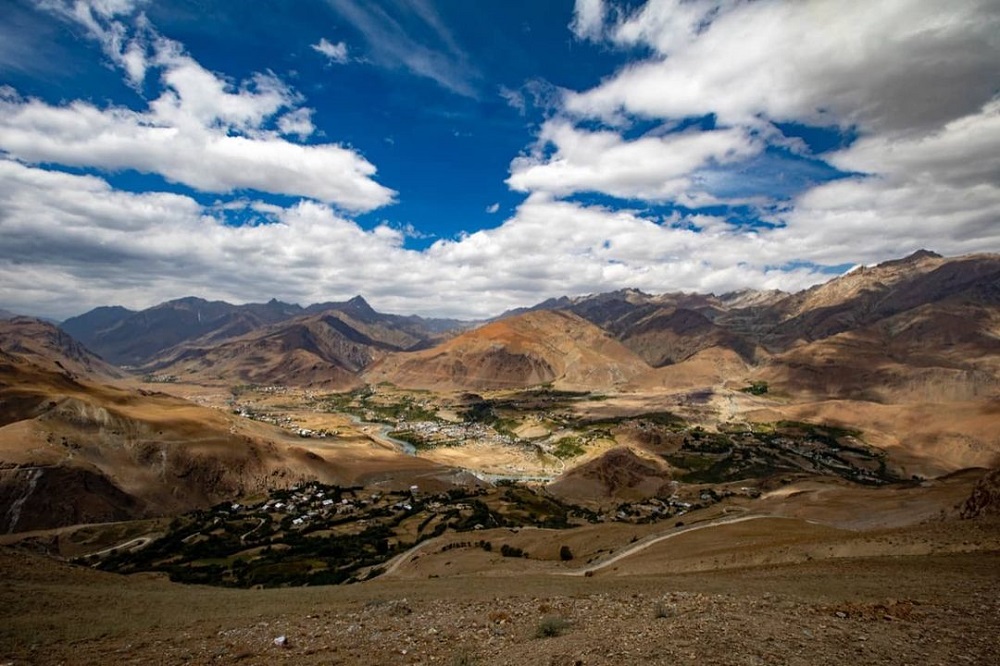
Located in the Drass region of Kargil, the Mushko Valley is known for its wild tulips, which are a major attraction for tourists. This hidden gem nestled within Drass, the second-coldest inhabited place in the world, is waiting to be explored. Approximately 141 kilometers (88 miles) from Srinagar, Drass is also referred to as ‘The Gateway to Ladakh.’ Despite being considered glaciated and unsuitable for human habitation, the Mushko Valley gained prominence during the Kargil War in 1999 when Pakistani forces crossed the Line of Control and occupied positions in the region.
* Click to Follow Voice of Ladakh on WhatsApp *
3. Hundurman Border View:
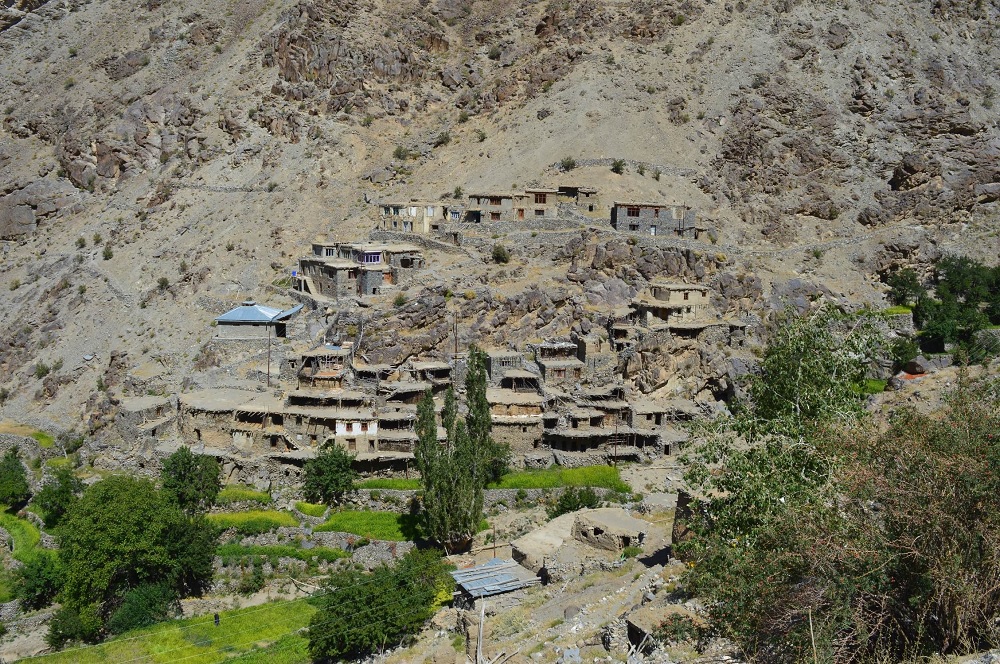
Situated 10 km from the Kargil district headquarters, Hundurman is one of the northernmost villages in Kargil. It lies on the banks of the Drass River and was under Pakistan’s control until 1971. Hundurman consists of two parts: Lower Hundurman, also known as Hundurman Mal, and Upper Hundurman, also known as Hundurman Brok. Following the Indo-Pakistani War of 1947, Hundurman came under the control of Pakistan, but it was liberated by the Indian Army after the Indo-Pakistani War of 1971. This village offers a glimpse of the border and the deserted villages in the Pakistan-occupied region. The locals also provide high-quality telescopes for a clearer view of the Line of Actual Control on the other side.
4. Aryan Valley:
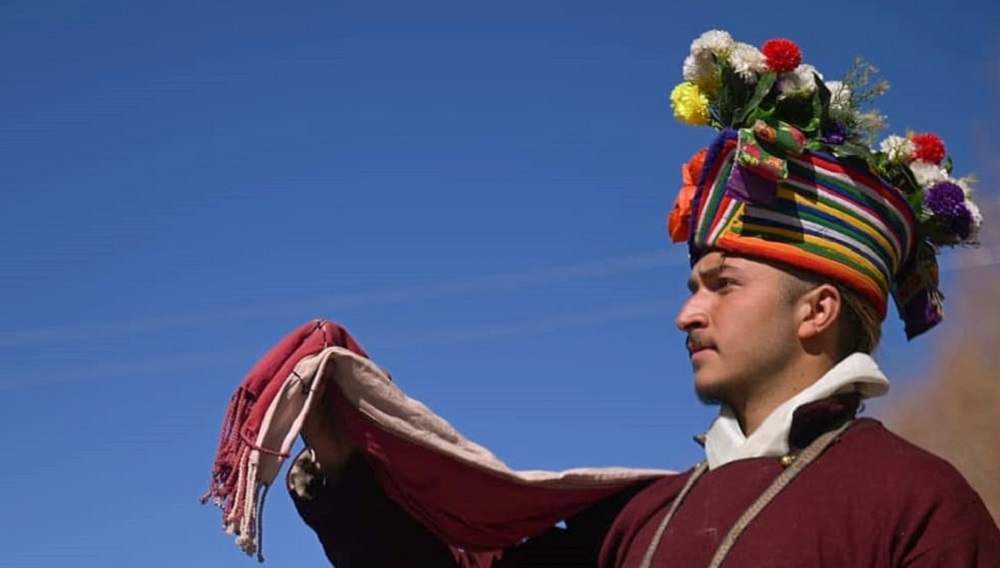
The Aryan Valley, located in the Batalik sector of Kargil, has been home to the Dard Aryan ethnic community for over 2000 years. This community follows a distinct solar calendar for their festivals and agricultural activities. The Aryan Valley is rich in culture and traditions, and its people are known for their unique culture and the unpolluted Dard (Aryan) race. Interestingly, their forefathers were believed to be part of King Alexander’s Army, adding to the area’s historical significance.
5. Buddha Statues:
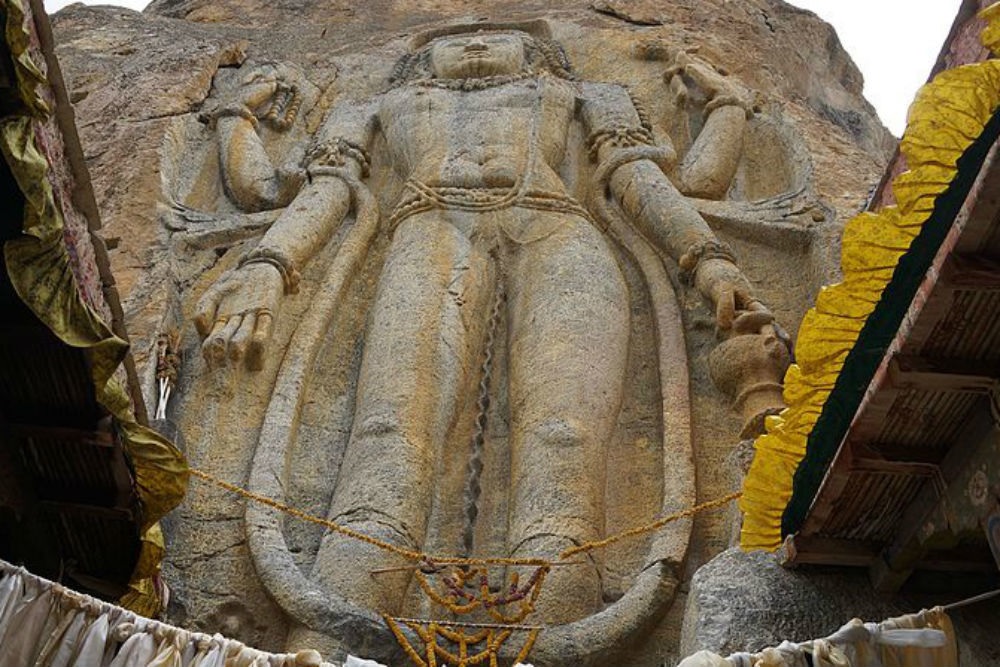
Off the Leh-Kargil highway in Mulbekh, you’ll find an important 30 ft long colossal rock carving of the future Buddha, the Maitreya. This captivating sculpture catches the attention of passing travelers. The carving depicts the Maitreya with four hands, holding a water pot (kamandal) in the lower left arm, a flower in the upper left arm, and a rosary in the upper right arm. The second colossal statue of Maitreya Buddha in Kargil can be found near the village of Kartse Khar in the Suru Valley, approximately 40 kilometers from Kargil. Carved in the early 7th century on a rock beside a stream, this statue stands over 7 meters tall and represents the Maitreya as well. The final Maitreya Buddha statue is located near Apati village, 18 kilometers from Kargil. This statue, the smallest of the three, dates back to the same period and style as the others.
6. Nun Kun:
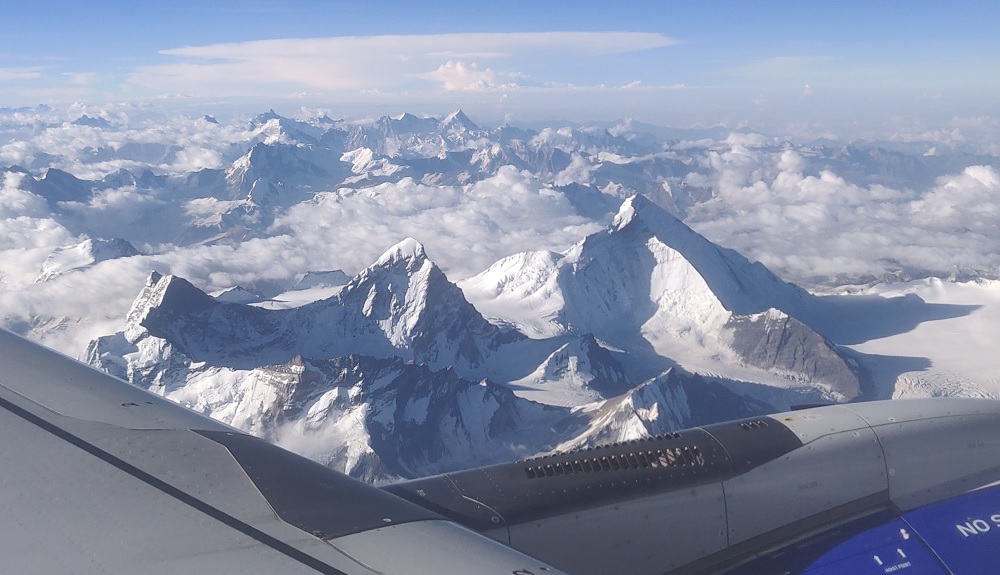
Nun Kun is a mountain massif in the greater Himalayan range, consisting of two main peaks: Nun (7,135 m or 23,409 feet) and Kun (7,077 m or 23,219 feet). Nun is the tallest peak in Jammu and Kashmir, while its sister peak, Kun, lies in Ladakh. Bounded to the north by the Suru Valley and the Zanskar range, and flanked to the east by the Pensi La (4400 m), which separates the Suru and Zanskar Valleys, the Nun Kun massif can be conveniently accessed from the road connecting Kargil and Leh. Tangol serves as the roadhead from the west, a two-hour drive from Kargil, and is a possible starting point for mountaineering expeditions up Nun Kun. The route passes through the villages of Sankoo and Panikhar.
7. Suru Valley:
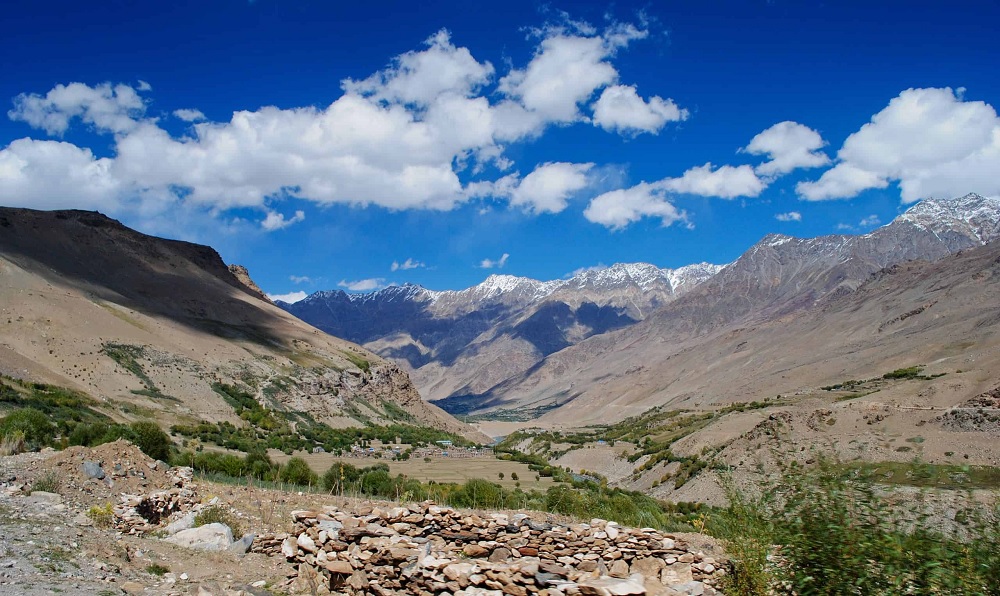
The Suru Valley, drained by the Suru River, a powerful tributary of the Indus River, is another must-visit destination in Kargil District. The valley is known for its natural beauty, with Sankoo being its most significant town. Suru Valley offers numerous picnic spots such as Damsna, Parkachik, Sangra, Taisuru, Karpokhar, Khous, Thulus, Stakpa, and Umba Namsuru. It is also home to Karpokhar Holy Shrine (Syed Mir Hashim) and Khous Holy Shrine, famous for prayers. Horses, Yaks and other variety of animals can be found living in the valley. In winter Suru Valley experiences heavy snowfall.
8. Zanskar Subdivision:
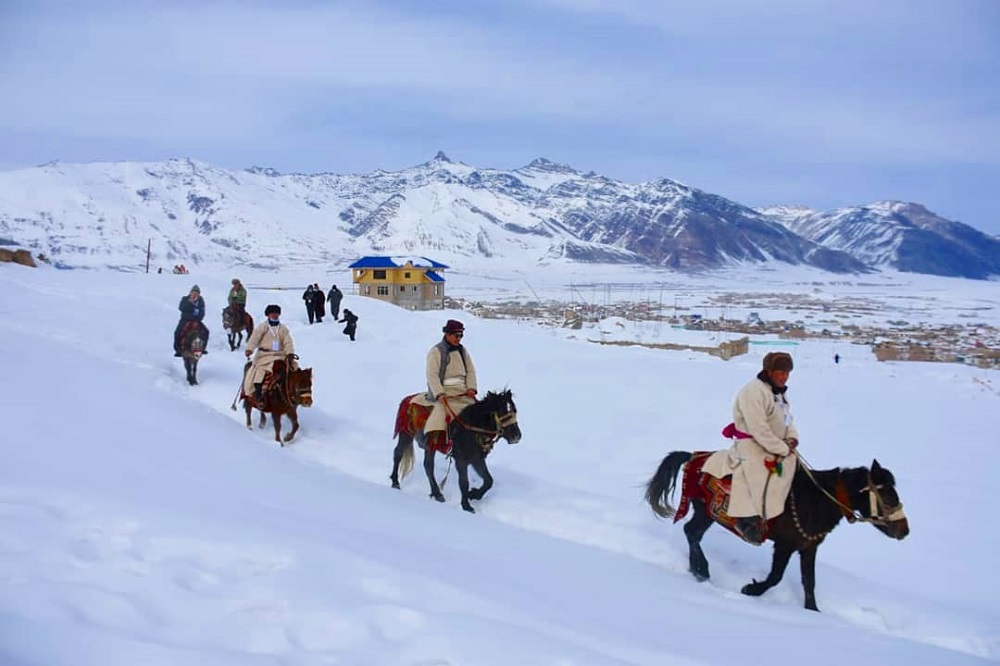
One of the most captivating regions within the Kargil District is the Zanskar Subdivision. Nestled in the remote corner of Ladakh, Zanskar is a land of untouched beauty and cultural richness. This secluded valley is known for its rugged landscapes, ancient monasteries, and the unique Zanskari way of life. Zanskar offers an incredible opportunity for adventure enthusiasts with its challenging trekking trails, frozen river trek (Chadar Trek), and mountaineering expeditions. The region is also home to picturesque villages, where you can immerse yourself in the local culture and witness the traditional lifestyle of the Zanskari people. From awe-inspiring vistas to spiritual experiences, Zanskar Subdivision is a hidden gem that should not be missed on your visit to Kargil District.
In conclusion, the Kargil District of Ladakh is a treasure trove of natural beauty, rich history, and cultural heritage. From the solemn Kargil War Memorial that pays tribute to the brave soldiers to the enchanting valleys of Mushko and Suru, there is something for every traveler in this region. Explore the ancient rock carvings of Maitreya Buddha, witness the breathtaking views from Hundurman border, and embark on thrilling adventures in Zanskar. Whether you seek tranquility amidst stunning landscapes or crave an adrenaline rush, Kargil District has it all. So, pack your bags, embark on an unforgettable journey, and discover the wonders that await you in this extraordinary destination.
8 Comments
Leave a Reply
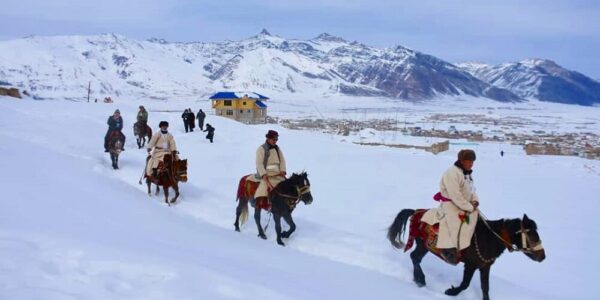
Few more places cam be added as
Imambada trespone
Chamba at Karchay Khar
Itchoo village
Sapi
We have completed our trip to Ladakh on 31.05.23, but this places was beyond our knowledge, as well as our traveller.Hope, if next time ladakh invite us, I will go for observing the beauty.
Most welcome
Very very informative, kindly keep it up. Thanks a lot
Aap ny kuch behtareen jaghon ko add nahi Kiya ..
1…Tambis waterfall
2.. heritage market old bazar..
3…munshi Aziz bhat meusiam
4…sapi lake …
5…manman top drass
6…bheemstone… Bhieembhat
7…Kargil view point naktul. Choskor road
8….imam barah tespone (Persian and belti art..
9..zbayul the invisible Village haneskot..
10..Razi khar chiktan…
There are meny more places in Kargil district next time please mention all these places thanks for your information regarding Kargil in tourism
map …
@ Shujaa ali
Adventure hub Kargil
A half-heartedly taken photograph of Suru Valley is posted in which no view of th valley is visible. Seems it is done delebratly.
A half-heartedly taken photograph of Suru Valley is posted here and No view of the Valley is visible from any angle. U can ask me for photographs.